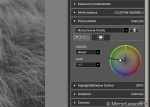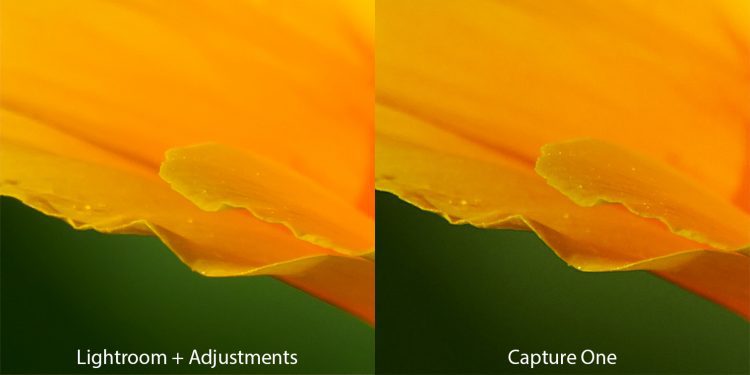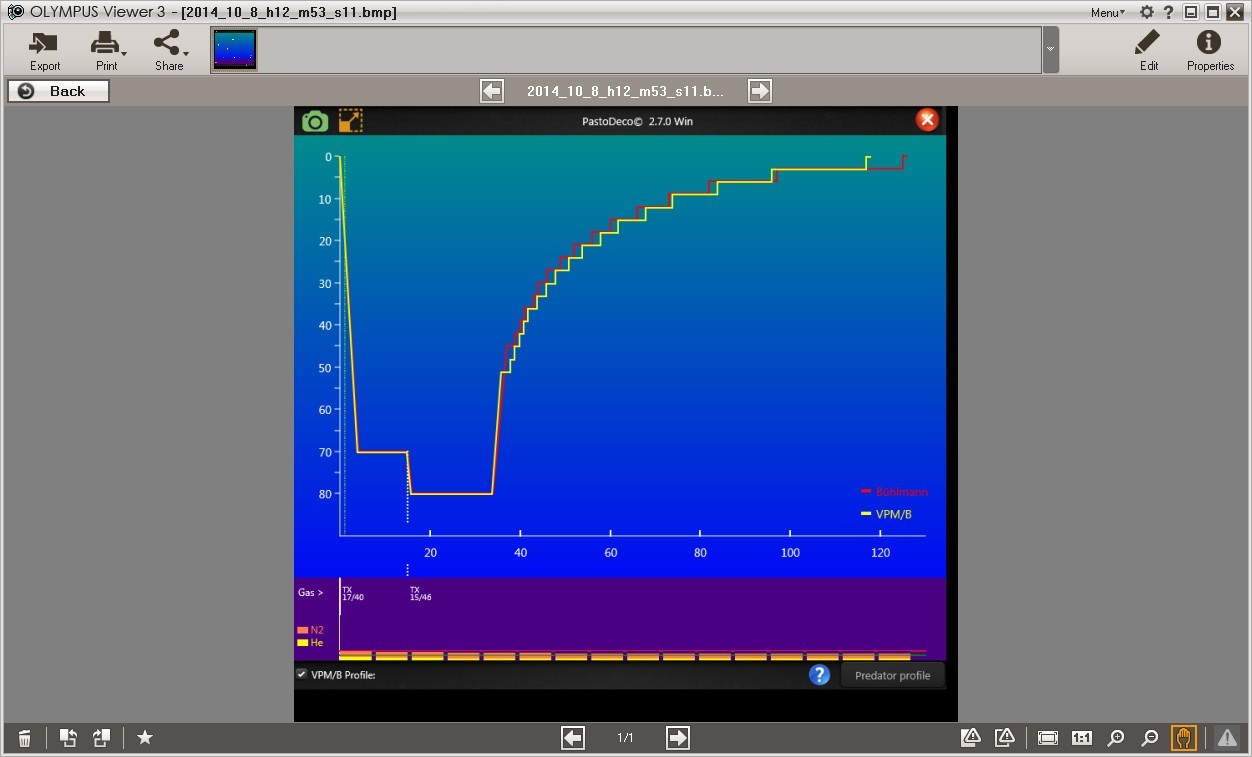

If there is something about the colors of your JPEGs that you really like and want to apply to your raw files, you can use camera profiles to start out closer to the look of your jpeg.

You can create a JPEG from your raw file (to email out or post on the web, for example) anytime you want, very quickly, using Lightroom’s Export functionality.ģ. The workflow in Lightroom is exactly the same for raw files as it is for JPEGs - so there is nothing new to learn!Ģ. You will be OK Shooting Raw Only!įor those of you new to capturing raw files, here’s why I think you can safely give up capturing those JPEGs as well:ġ. And this is in fact what I would encourage most of you to do. As soon as I took the plunge into raw only, all of these issues melted away - less hard drive space, no confusion, and no jpeg for comparison, so I simply worked the raw file to my taste. I I also found it extremely frustrating that the raw file didn’t look like the JPEG, and I could never get it to look like the JPEG. I would often accidentally work on the JPEG instead of the raw file, and then have to redo my work on the raw file. Not only did this mean that I had twice as many files to manage, which took up a lot more hard drive space, but it was frustrating as well. When I first started shooting in raw, I chose raw + JPEG because I wasn’t yet comfortable with raw files, and I wanted some insurance that I could revert to using the JPEGs. However, for those who choose to capture both, I will explain the file management options available to you. Frankly, I hope to convince most of you who capture raw + JPEG to stop doing it and capture just a raw file. For those of you convinced to shoot raw files, your camera most likely gives you a choice to save just a raw file, or to save both a raw file and a JPEG of each photo you capture. More and more photographers are aware these days that raw files provide higher quality information and more flexibility in processing than JPEGs do.

If anyone has any more tips of hints on getting the best out of Olympus. I figured the ORF>TIFF step would also be of interest to Lightroom users so I'd share it. I'm aware that there are more bits in a TIFF than a JPG so it seems sensible that it's a better place to begin when editing. I've just had a play with OV3, exporting to TIFF with neutral settings, then loading in GIMP editing and exporting as JPG and it does seem to give you more to play with.Īs a two step for processing an image it's not too painful and I could even batch process TIFFs from OV3 to play with later. Then I came across this video which relates to earlier versions of Olympus Viewer 2 and Lightroom 4 and shows how much more detail OV2 could extract from the same ORF file. Googling Olympus Viewer doesn't give a lot of help, mostly people suggesting that you abandon it and use Adobe Lightroom I've tried editing the ORF files from my E-M10 and E-PL5 in Olympus Viewer 3 and struggled - partly because the interface is complicated, the help is pretty minimal and also because it's s o s l o w. I've fairly recently moved to shooting JPG+RAW having previously shot JPG (no editing) then JPG with some post processing in GIMP.


 0 kommentar(er)
0 kommentar(er)
